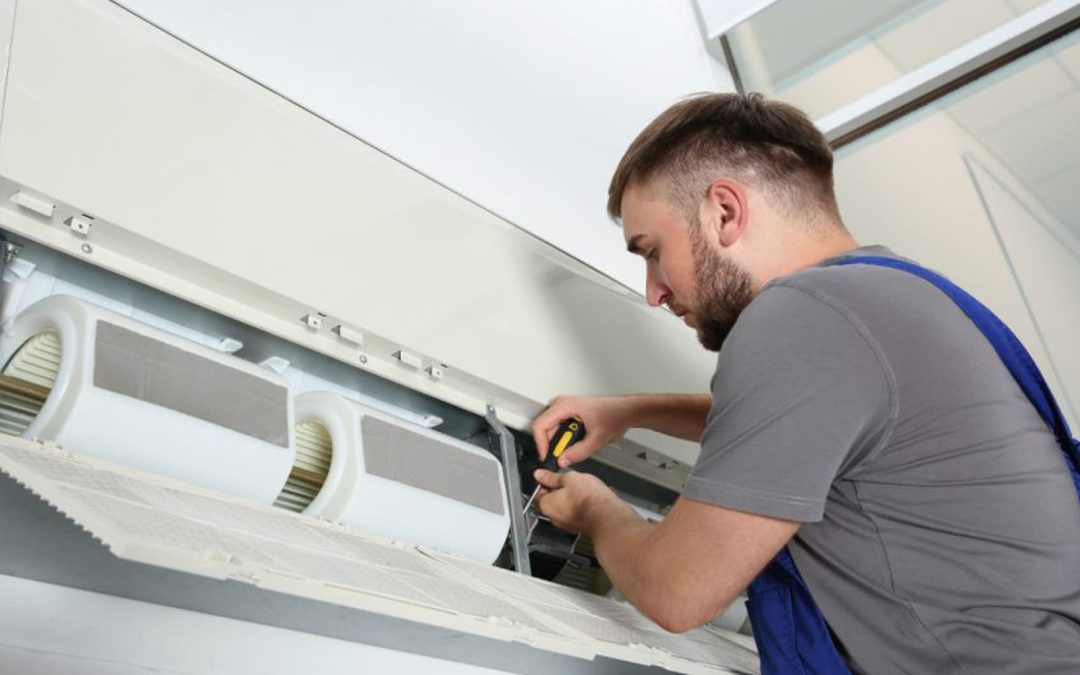A new HVAC system is necessary if your old AC unit isn’t functioning as well as it once did or if you wish to update for increased efficiency. Installing air conditioning is typically not a task best left to do-it-yourselfers. It’s crucial to have your house ready for installation professionals.
If not, you might not achieve the greatest outcomes and you might make the task more difficult. Saving time and money during the installation of a new heating and air conditioning system is possible with proper preparation and best aircon installation Singapore. We’ve included some helpful hints for getting ready for your HVAC installation below.
Make an appointment for a heating and cooling load analysis:
A new air conditioning installation serves primarily to improve the efficiency with which your home is cooled. There are several high-tech solutions available for modern air conditioning systems. Smart thermostats, variable-speed motors, and two-stage compressors are some of the newest HVAC technological advancements available.
A more efficient air conditioner will have lower operating costs and a quicker return on investment. However, you can only accomplish this if your tools are appropriately sized. If your AC is too tiny for your home, it will have to work too hard to chill it. A properly sized air conditioner will cool the room more efficiently, use less energy, and last longer.
However, an air conditioner that is too large for your home will not work properly since it will short-cycle and leave your home too cold. Consider the following when estimating your heating and cooling needs:
- Your house’s square footage and design.
- The windows and roof of your house
- Your residence’s orientation and placement.
The installation crew will use this data to recommend an air conditioner that will work best in your home.
Clear space for the install crew:
Get rid of any debris or other potential hazards before the installation of your new HVAC system. Heating and cooling systems are bulky and hefty pieces of equipment. Keep the indoor and outdoor areas free of obstructions for the installers. Make sure the area where the equipment will be placed is spacious enough for the installer to lay out the necessary tools and components.
In the case of an outdoor space, this may involve clearing any overgrown vegetation. When working inside, particularly in the attic, make sure the area is clear of anything that could get in the way of the installation crew or their tools. Valued possessions, such as artwork and antiques, should be moved out of the office and stored elsewhere. This lessens the potential for injuries and property loss.
Check the ducts:
Duct replacement may be necessary, depending on the scale of the project. Your new HVAC system will be linked to your home’s pre-existing ductwork if duct replacement is not part of the installation process. The ducts in your home are crucial to the operation of your HVAC system because they carry the conditioned air to each room. Ductwork is susceptible to damage and deterioration as it ages.
Before installing new ducts, it’s crucial to have the existing system inspected by an expert. To prevent future air loss, a specialist can examine the condition of the ductwork and advise on necessary maintenance or replacement. You can assist ensure your new HVAC system functions as efficiently as possible by checking the condition of the ducting before you install it.
Scheduling for an air conditioner replacement:
The process of arranging for a new air conditioner to be installed can seem overwhelming, but it can be simplified with only a few basic measures. The first step is to decide when the replacement will occur. Think about when you will be available at home, when the technicians will have access to the area, and when you will feel most at ease with their presence.
Before leaving, you should look at the forecast for the day. If it’s going to be a scorcher, take precautions to make the area around the air conditioner more bearable for the workers. If it is going to rain, make sure the technicians have somewhere to shelter from the elements. In addition, if the weather forecast calls for cool or frigid temperatures, the installation should be postponed until the weather warms up.
After settling on a day, you should call the HVAC service and inform them of your plans. Give them all the specifics they need to do the task, such as the brand and model of the air conditioner, the size, the location, and the replacement kind. Inquire if there are any more guidelines you need to complete the task successfully. It’s smart to inquire about the expected time of arrival and duration of the service.
Post-replacement considerations:
It’s crucial to take care of your air conditioner (AC) after its replacement to guarantee its efficient functioning. After a new air conditioner has been installed, it must be checked to make sure it is working properly. To test it, you can do things like turn it on and off and adjust the thermostat.
The surrounding around the air conditioner should also be cleaned. As part of this process, you may need to clean the vents and filters to get rid of any dust or dirt that may have settled in during installation. In addition, your air conditioner needs to be serviced often. Having a professional HVAC expert check the system’s operation is one option.
By keeping up with routine checks, you can extend the life of your air conditioner and lessen the likelihood of needing expensive repairs down the road. By giving some thought to these factors after replacing your air conditioner, you may increase the likelihood that it will serve you well for many years to come.

